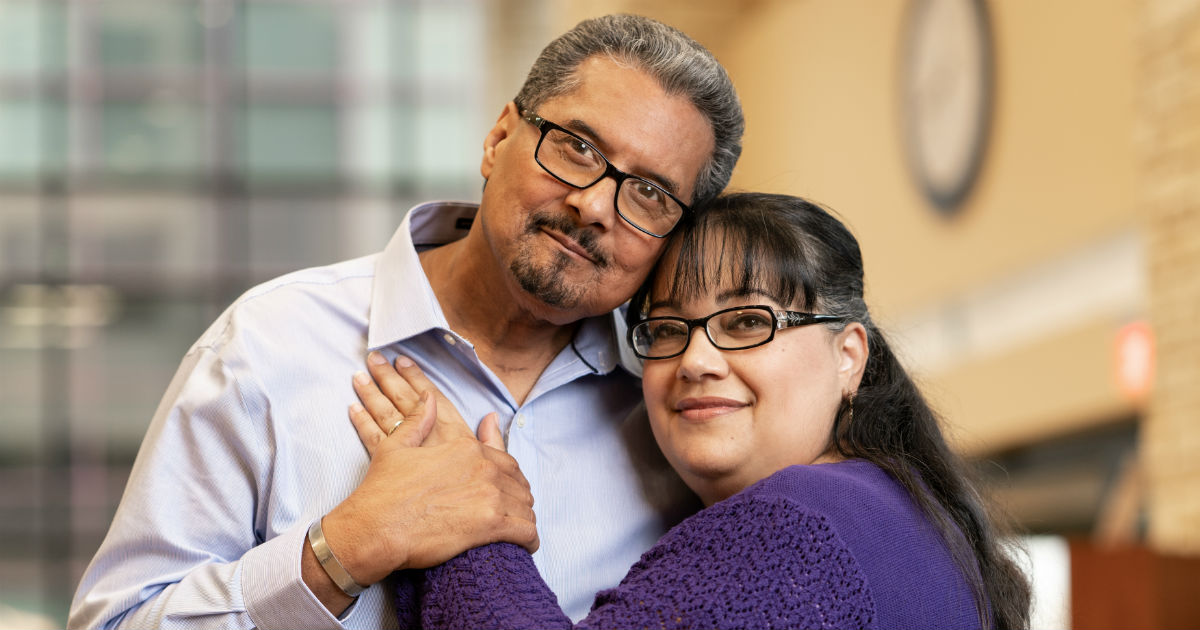
Love is often called a drug. The experience of falling in love—of being in the initial throes of a romantic relationship—brings a euphoria that’s likened to the high of a drug addict. The early months of romantic love trigger responses in the brain’s reward centers. The brain’s reward centers also are activated when patients take strong prescription pain medicine. These reward centers can minimize pain intensity and modulate the perception of pain.
Researchers who’ve studied the brain systems involved in both love and pain have uncovered an interesting connection between the two. Their study, published in Plos One, found that college students in new romantic relationships experienced a 40-45 percent reduction in pain sensitivity compared to a control group. The study involved 15 undergraduates at Stanford University, eight women and seven men who were within the first nine months of a new romantic relationship. As requested, they brought a photo of their new boyfriend or girlfriend, along with photos of equally attractive acquaintances. To test their pain tolerance, the researchers flashed photos of their new love and the attractive acquaintances while subjecting them to mild pain through a hand-held thermal stimulator. The researchers surmised that people in new romantic relationships can be so involved in that emotional experience and can remain focused on their romantic partner despite elevations in a painful thermal stimulus.
The researchers also tested the effects of distraction on pain relief. They found that being in love and being distracted resulted in similar levels of pain relief. Seeing an image of an attractive acquaintance had a lesser effect. Magnetic resonance imaging uncovered a key difference in the brain pathways involved in reducing pain through love versus distraction. When distracted, pain relief occurs mostly at a cognitive level, involving the cerebral cortex, which is responsible for higher-order functions such as language and information processing. With new love, pain relief came through increased activity in several brain reward centers. Love-induced pain relief involved more primitive parts of the brain and activated structures that may block pain at the spinal level. Opioid pain relievers work similarly.
While the study focused exclusively on romantic love, the concept may be applied to the way patients are cared for. Doctors, nurses and other clinicians cannot replicate the effect of romantic love on pain, but they may treat patients with empathy, respect and loving care. Let’s say a patient has a strong emotional connection to the clinicians on his or her care team or to a specific clinician. The soothing comfort that comes with interactions with that clinician may help improve the patient’s well-being while reducing pain levels. The more attentive and emotionally invested clinicians are in the patient, the greater the possibility of increased brain activity, which may lead to better pain tolerance. Such a loving approach can only help, not harm, patients.
Learn more about using integrative care to manage cancer-related pain.



